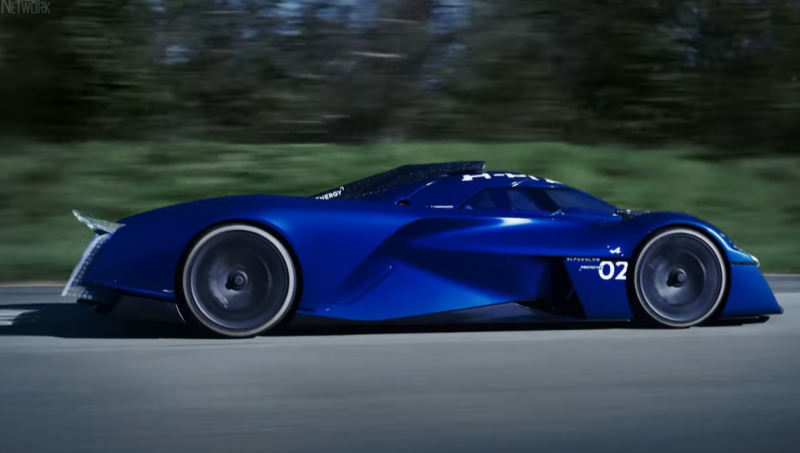Today, the latest nuclear icebreakers of the Russian Federation have the RITM-200 unit. But, as it turned out, its power is not enough to promptly pilot ships at sufficient speed in high latitudes. The new installation is 1,8 times stronger than its predecessor (two reactors produce 630 MW). This will allow the icebreaker to overcome thicker ice.
 The icebreaker Yamal with OK-900A reactors with a total power of 342 MW already seems rather weak. Photo: YouTube.com
The icebreaker Yamal with OK-900A reactors with a total power of 342 MW already seems rather weak. Photo: YouTube.comThis implies that the vessel will be capable of sailing at higher latitudes compared to the Northern Sea Route. And guiding a caravan at a speed of 12 knots will become possible with an ice cover thickness of up to 2 meters. This is a kind of record - not a single ship in the world is yet capable of this.
Where and how to make a reactor
Its production is carried out by the ZiO-Podolsk enterprise, which is a division of Atomenergomash. It’s worth noting right away: the installation is intended not only for a specific icebreaker. It is understood that floating energy units will be equipped with it. This is a new class of energy sources needed to provide electricity to coastal cities and offshore hydrocarbon production complexes.
 "RITM-400" schematically. Photo: YouTube.com
"RITM-400" schematically. Photo: YouTube.comMobile power units are intended for use as part of floating nuclear power plants - floating nuclear power plants. An example is the “Akademik Lomonosov” module, based in Pevek.
About the main ice drift of the project
To navigate a caravan of deep-draft commercial vessels in latitudes above the Northern Sea Route, it is necessary to break through ice at a speed of 13-14 knots. The width of the formed channel must be at least 53-54 m. Obviously: from side to side the icebreaker requires a distance of 47 m. There will be cracks on the sides of the ship 2,5-3,5 m in each direction. To achieve this, a powerful power plant is needed. That is why “RITM-400” is being created.
 In the extreme northern latitudes a more powerful icebreaker is needed. Photo: YouTube.com
In the extreme northern latitudes a more powerful icebreaker is needed. Photo: YouTube.comThe first ship under construction will be double-draft. One level is intended for sailing in high latitudes, the second - along the Northern Sea Route. The thing is that very large ships cannot navigate it due to the deep draft.
What's interesting about RITM-400
Oddly enough...nothing. The lead designer of the Leader project, V. Vorobiev, noted that the new reactor uses the same principles as the icebreaker Lenin. This refers to a nuclear plant, a steam turbine, and the generation of electricity. Technically, the RITM-400 reactor is similar to its “younger brother”. The whole difference is in power. The two installations even provide for the interchangeability of some components.
 Fundamentally, modern icebreakers are no different from the Lenin. Photo: YouTube.com
Fundamentally, modern icebreakers are no different from the Lenin. Photo: YouTube.comThe question arises: will the new reactor be 200 times larger than RITM-1,8 (this is logical!)? Here - no. The fact is that an increase in the power of a nuclear plant is not directly proportional to the increase in dimensions, as, for example, is the case with a diesel engine. The growth is more gradual. And one more important point: a nuclear reactor shows better efficiency at higher power.
At what stage of construction is RITM-400 today?
By the beginning of December last year, Rosatom announced the successful completion of testing of the compensating group rods. This is the working element with the help of which the installation is controlled (changes in temperature, power, etc.). Single rods are ineffective, so they are combined into groups (in this case there are seven of them). In conclusion, it is worth highlighting some operational characteristics of the RITM-400, which are truly impressive:
✅ minimum service life – 40 years
✅ continuous operation – up to 26 thousand hours
✅ reboot - every 5,7 years
The lead icebreaker of the project is planned to be handed over to the customer in 2027. Of course, its “heart” - a nuclear reactor - will be completed even earlier.










